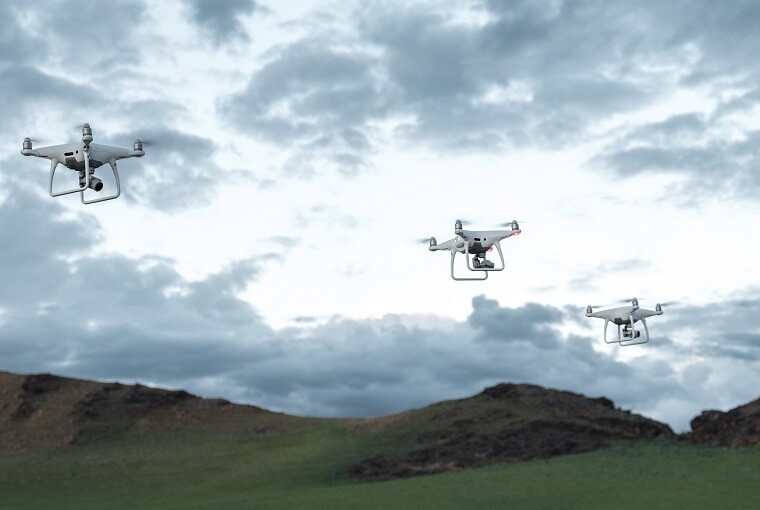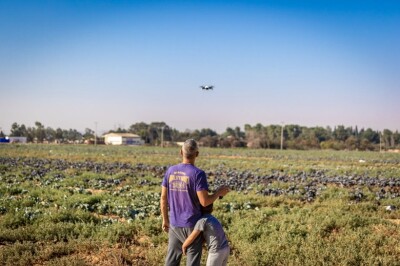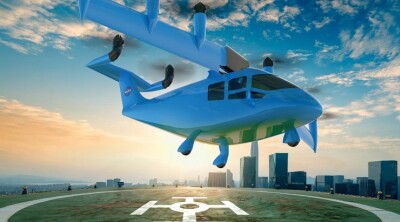For our weekly “Around the Commercial Drone Industry” news round-up, we look at the FAA and European Union Aviation Safety Agency’s recent advances on AAM certification, the potential for drones in herbicide spray applications, and how drones aided in an emergency response mission in Colorado.
FAA and EASA Move Forward on AAM Certification
The FAA and European Union Aviation Safety Agency (EASA) recently announced that they are moving toward the establishment of “a certification pathway for advanced air mobility (AAM) aircraft, such as electric vertical takeoff and landing (eVTOL) air taxis.” A report in Flying Magazine stated that the FAA “issued an advisory circular (AC) that would create the foundation for certification of powered lift vehicles, such as eVTOL aircraft.” In addition, the EASA “updated its special condition for vertical takeoff and landing aircraft (SC-VTOL) rules to incorporate new requirements agreed upon with the FAA, covering safe flight and landing, handling qualities, and single-point failures.”
Agriculture Research with UAVs at Virginia Tech
Researchers at Virginia Tech are investigating ways to standardize unmanned aerial systems (UAS) for herbicide spray applications. With grants from the National Institutes of Food and Agriculture the investigators will “evaluate different spray volumes, droplet sizes, altitude, spray speed, and large-scale spray operations.” The work will also “evaluate the efficiency of blanket applications of both preemergence and postemergence herbicides in row crops.”
Drones Help Save a Life in Colorado
In yet another example of how uncrewed systems can bring increased speed and accuracy to emergency response operations, a report from Fox 31 in Colorado explains how police used drones to find and aid a person in need. According to the report, agents with the Lakewood Police Department received a call stating that an intoxicated teenager had wandered off near a mall and could not be found. Using a drone “equipped with an infrared camera to see in the dark,” the agents found “what appeared to be a small person laying down in brush.” Emergency personnel were dispatched to the area and found that the individual was having trouble breathing. Thanks to the quick reconnaissance work aided by the drone, the teen was able to receive immediate medical attention.















Comments